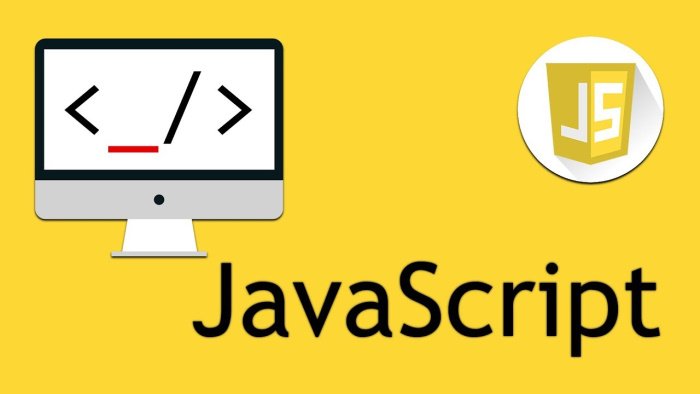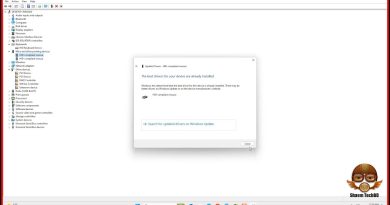What is JavaScript Programming Language
Most of us, by now, should have heard of the programming language known as JavaScript. It is quite popular and is mostly used to develop websites. If your web browser doesn’t support JavaScript or an extension blocks it, most sites you visit will not load properly.

JavaScript is different from Java. When this programming language is in use, the internet becomes more interactive and dynamic, which in turn, provides a compelling experience for the user. Now, the earliest aspect of JavaScript came about during the reign of the Netscape Navigator Web browser.
Before that, web pages lacked animation and adaptive content, but when JavaScript dropped on the scene, everything changed.
We understand that for many years, only a small handful of web browser supported JavaScript, but things have changed a great deal today. All the major web browsers such as Firefox, Chrome, and Edge, are fully supported by the language, which is why the web is so responsive today when compared to 15-years ago.
- So, how does JavaScript work?
- What JavaScript does on your page
- How to add JavaScript to your webpage
Let us talk about this in more detail.
1] So, how does JavaScript work?
In most instances, JavaScript is known as a client-side script. That means, it relies heavily on the client device such as a tablet or smartphone to run properly. The software located on the remote server will send data to the device, and from there, the data is rendered on the screen via the web browser.
Now, since it is a client-side script, it does not need a server to operate. For example, if a web page is already loaded into the web browser, but for some reason the internet goes away soon after, the user should be able to interact with the website just the same.
Obviously, you will not be able to navigate to a new page, just interact with the data already loaded on the current page.
Let’s look at some of the things JavaScript enables in a browser:
- Dropdown menus and rollover effects
- Ability to play audio and video
- Load fresh content without having to reload the web page
- Animated page elements
- And not to mention, Autocomplete
Despite being a client-side script programming language, we must say that it does its best work when it communicates with a remote server. Basically, the script communicates with the server in the background without interrupting what the user is doing in the foreground.
Read: What is the R programming language?
2] What JavaScript does on your page
The script does a lot on a web page, and in most cases, certain aspects of a page wouldn’t look as good as it is now without JavaScript. For example, the tool is mainly used to modify HTML and CSS in a dynamic way. The running code will update the user interface via the Document Object Model API.
Furthermore, code runs on a page in the order it appears. Now, when it comes down to JavaScript, HTML and CSS are required to run first, or there could be errors.
Read: Netbeans IDE is a new-age Programming Language.
3] How to add JavaScript to your webpage
When it comes down to adding JavaScript to your webpage, the task is not difficult at all. Just understand that it applies to your HTML page in the same way as CSS and you should be fine.
You see, CSS uses <link> element to implement external stylesheets, and <style> element to add internal stylesheet. HTML is a bit different since it relies on the <script> element.
Internal JavaScript code: To add an internal code, please copy and paste the following after </head> tag: <script>
// JavaScript goes here </script>
Add script to an external file: Whenever you feel the need to add JavaScript to an external file, we suggest changing the current <script> element to <script src="https://www.thewindowsclub.com/script.js" defer></script> instead.
As you can see, this is just an introductory article that is designed to give you an idea of what JavaScript is all about.

- Tags: JavaScript, Programming

